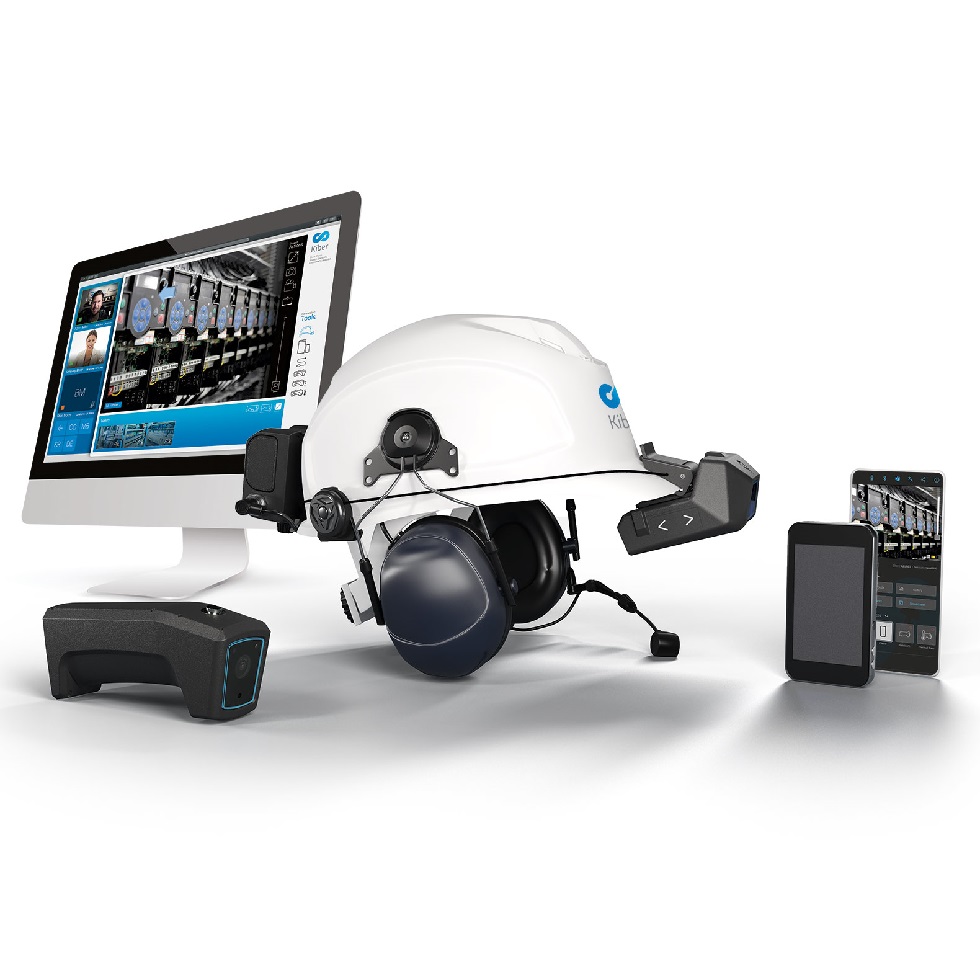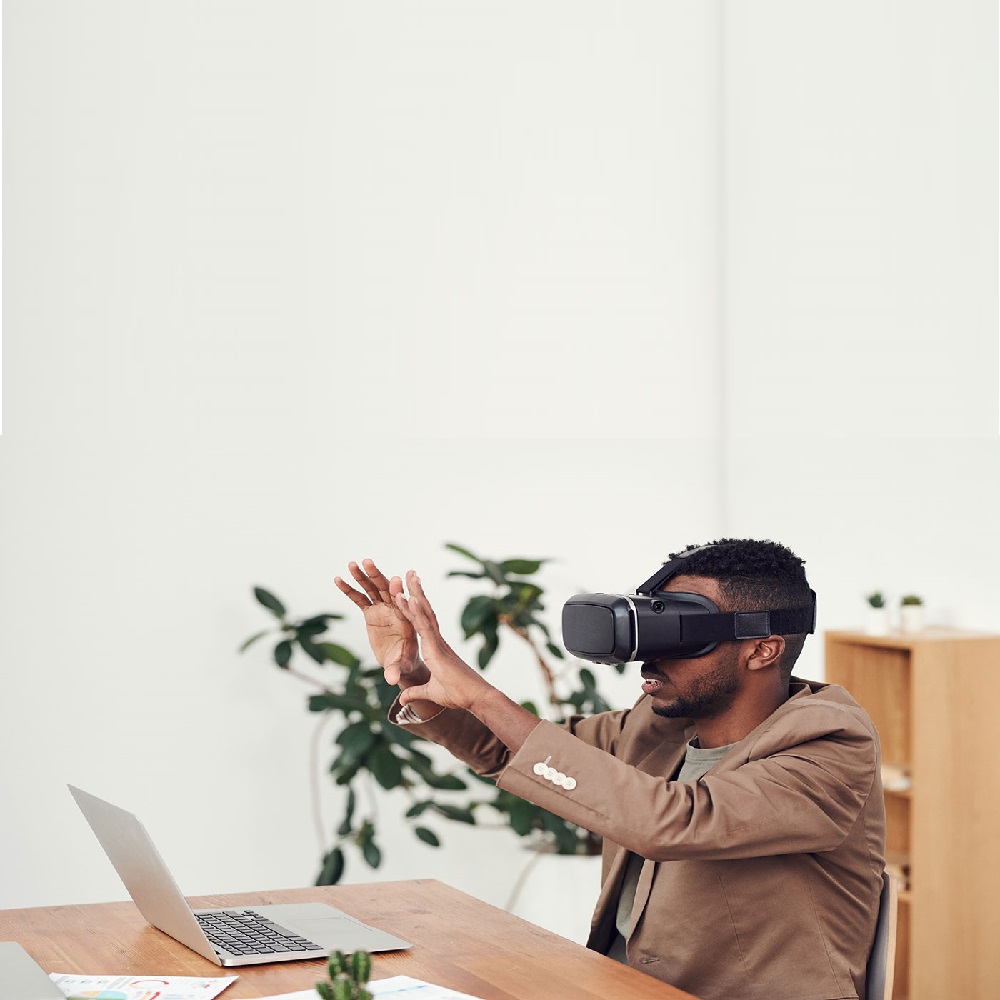Augmented Reality (AR) is transforming the way we interact with our digital environments. At its core, AR overlays digital information onto the real world. This technology integrates seamlessly into daily activities, allowing users to enhance their perception without isolating them from their physical surroundings. AR computers are at the forefront of this evolution. They blur the lines between the digital and physical realms. This article explores the components, applications, and implications of AR computers in our everyday lives.
What is AR Computer?
An AR computer combines traditional computing with augmented reality. This technology involves hardware and software that create an immersive experience. It fuses computer-generated data with real-world environments. This means users can see both the physical and digital information simultaneously. This blend facilitates a richer interaction experience.
The hardware typically consists of a display, sensors, and processing units. Displays can range from headsets to smart glasses. These devices provide visual outputs directly in the user’s line of sight. Sensors gather environmental data. They detect movement, location, and objects. The processing unit interprets this information and produces relevant digital overlays.

The software takes the raw data and creates meaningful content. It can use algorithms to analyze surroundings and determine how best to integrate digital information. Moreover, AR applications serve various industries, from education to healthcare.
The Components of AR Computers
Hardware Essentials
To understand AR computers, we must delve into the hardware components. These devices require robust hardware for performance and functionality.
First, the display is vital. Many devices use head-mounted displays (HMDs) for immersive experiences. HMDs offer a full field of view and integrate seamlessly with the user’s vision.
Another important component is the sensors. They detect changes in the user’s environment. Sensors measure motion, orientation, and depth. Some AR computers use GPS, cameras, and IMUs (Inertial Measurement Units) to track and adjust the digital overlay.
Processing power is also critical for an effective AR experience. Processors handle the data input from various sensors. This ensures real-time rendering, which is crucial for a fluid experience.
Software Capabilities
Software also plays a pivotal role in how AR computers operate. Different software solutions interpret the data from hardware components. They generate relevant overlays based on what the user sees.
Development platforms like ARKit and ARCore allow developers to create a wide range of applications. These platforms provide tools for tracking motion and understanding the environment. They also allow for creating realistic graphics that blend seamlessly into the real world.
Moreover, applications can be categorized by their functionality. Some are utility-based, offering navigation or real-time information. Others focus on entertainment, gaming, or social interaction. As the software continues to evolve, the potential applications of AR computers expand.
Applications of AR Computers
Education and Training
One of the key areas where AR computers can thrive is in education. They provide far more engaging learning experiences than traditional methods. Imagine students in a biology class learning about the human body. With an AR overlay, they can visualize organs, blood flow, and even diseases in 3D, all while standing in the classroom. This type of interaction can enhance understanding and retention.
AR also shines in vocational training. For instance, mechanics can use AR to see detailed schematics of car parts while working on an engine. This type of real-time guidance can significantly reduce training time. Plus, it prevents mistakes, making the process more efficient.
Medical training is another application where AR shines. Medical students can practice surgeries on AR models before ever stepping into an operating room. This hands-on experience enhances confidence and skills. As industries recognize the potential, investments in AR educational tools are likely to grow.
Healthcare Innovations
In healthcare, AR computers enable new ways to enhance patient care. AR can assist surgeons during operations by overlaying critical information right onto the surgical field. For instance, doctors can visualize vital signs or imaging data as they operate. This access ensures that they have real-time insights while maintaining focus on the patient.
Beyond surgeries, AR can improve patient education. Patients can visualize their conditions through AR apps. For example, a patient with heart disease can understand how the heart functions, leading to informed decision-making regarding their treatment.
Moreover, AR offers solutions for mental health treatments. Therapists can use AR to create scenarios that help people confront fears or practice social interactions. This innovative approach provides patients a safe platform to work through their challenges.
Implications of AR Computers
Societal Impact
As AR computers gain traction, their societal implications become significant. The technology can redefine how we interact with the world. With AR, information is more accessible. Users can receive context-sensitive data about their surroundings. This can enhance daily activities and tasks.
However, there are potential downsides. Overreliance on AR may lead to distractions. If users constantly see digital overlays, they may find it hard to engage fully with the physical world. This disconnection can have social implications, potentially reducing face-to-face interactions.
Ethical considerations also come into play. Privacy is a significant concern. AR devices often gather location-based data and facial recognition. This information can be misused if not handled correctly. It’s essential for developers and companies to establish ethical guidelines to protect users.
Economic Implications
The economic landscape is also influenced by AR computers. As businesses adopt AR solutions, new job opportunities will arise. There will be a demand for AR hardware designers, software developers, and AR content creators.
Traditional industries will face transformation. Retail businesses, for example, are incorporating AR into their shopping experiences. Customers can try on clothes virtually or visualize how furniture looks in their homes before purchasing. This enhances customer satisfaction and can drive sales.
Moreover, AR computers can improve productivity in various sectors. Employees can receive real-time guidance and data without leaving their workstations. This efficiency gains a competitive edge in a fast-paced business environment.
The Future of AR Computers
Technological Advancements
The future of AR computers is bright. Technological advancements are on the horizon. Leaders in tech industries continue to invest in research and development. As processing power increases and sensor technology improves, AR experiences will become even more immersive.
Software is also evolving. We expect more sophisticated applications that utilize machine learning and artificial intelligence. These technologies will allow AR computers to learn from user interactions. As they adapt, they can provide increasingly personalized experiences.
Moreover, the integration of 5G networks enhances AR capabilities. With faster connectivity, data can flow effortlessly, allowing for richer environments and quicker load times. This shift brings AR functionalities into the mainstream.
Broader Adoption
As AR technology advances, broader adoption will likely follow. Schools will increasingly incorporate AR into classrooms. Industries will recognize its utility in training and operations. Consumers will also embrace AR in their daily lives, leading to a more immersive experience in entertainment and social interactions.
Companies that invest in AR today will likely be the industry leaders of tomorrow. They can create innovative solutions tailored to their needs. Crowdfunding platforms and public interest will drive AR’s growth as consumers become more aware of the technology’s potential.
Conclusion
AR computers represent a massive leap toward the future of human-computer interaction. They enhance our understanding of the world and change how we engage with information. By overlaying digital data onto our physical environments, they create immersive experiences that can improve education, healthcare, and a myriad of other sectors.
As technology develops, the implications of AR computers will evolve. Businesses, educators, and healthcare providers must navigate these changes responsibly. Balancing innovation with ethical considerations will be crucial to ensuring that AR technology benefits society as a whole.
The journey of AR computers has only just begun. With ongoing advancements, its potential is limitless. As we step into this new era, one thing remains clear – AR computers will shape our future in profound ways.


